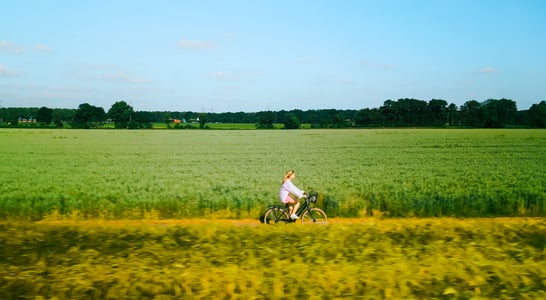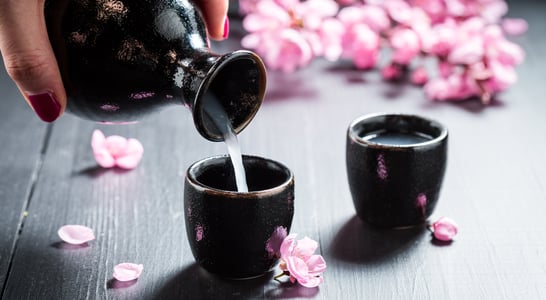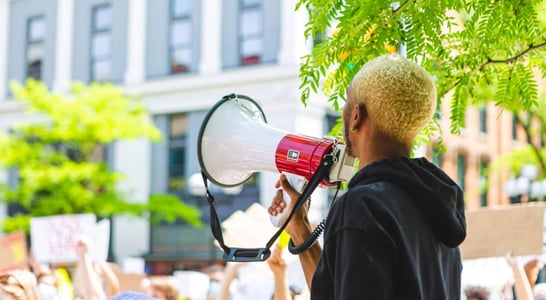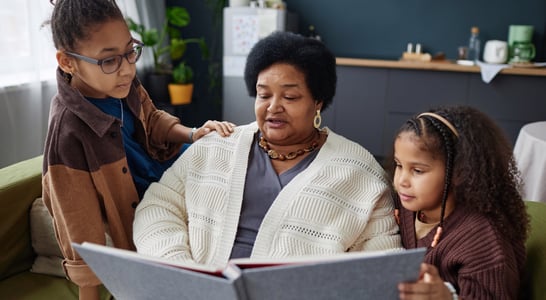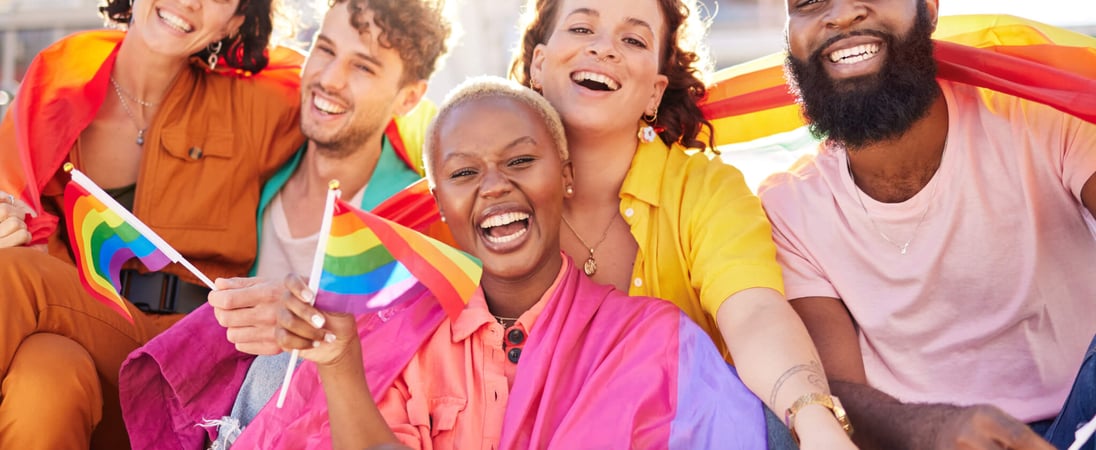
LGBTQ+ History Month
LGBTQ+ History Month lights up October with a burst of color, celebration, and reflection. This special month shines a spotlight on the rich history and achievements of the lesbian, gay, bisexual, transgender, and queer community.
It’s a time to honor the trailblazers who have fought for equality and to remember the significant moments that have shaped LGBTQ+ rights.
Since its inception in 1994, LGBTQ+ History Month has become a vital observance across the globe. It coincides with National Coming Out Day on October 11 and weaves together a tapestry of stories that remind us of the courage, love, and resilience that define the LGBTQ+ experience.
Why do we celebrate this vibrant month? It’s all about recognition and education. LGBTQ+ History Month provides a platform to highlight the struggles and successes of the LGBTQ+ community.
It teaches us about the influential figures and pivotal events that have advanced LGBTQ+ rights.
From the Stonewall Riots in 1969, which sparked the modern gay rights movement, to the ongoing battles for justice and equality, this month encourages us to learn from the past and continue pushing for a future where everyone can live openly and proudly.
This month is a reminder of how far we’ve come and the work that still lies ahead. It’s a call to action for all of us to play a part in creating a more equitable society.
Let’s embrace LGBTQ+ History Month with open hearts and minds, celebrating the diversity and beauty of the LGBTQ+ community.
History of LGBTQ+ History Month
LGBTQ+ History Month began in 1994, thanks to Rodney Wilson, a high school history teacher from Missouri.
Wilson felt a strong need for a month dedicated to celebrating and teaching gay and lesbian history. His idea was to provide role models, build community, and make a civil rights statement about the contributions of the LGBTQ+ community.
This observance highlights the history and achievements of lesbian, gay, bisexual, and transgender individuals. Over the years, LGBTQ+ History Month has evolved into a national effort to spotlight exemplary role models from the LGBTQ+ community.
In the UK, LGBT+ History Month is observed in February, a choice made to coincide with the celebration of the abolition of Section 28 in 2003.
Section 28 was a British law that banned the “promotion of homosexuality,” a regulation that significantly impacted the LGBTQ+ community’s visibility and rights.
The UK’s observance of LGBT+ History Month emphasizes the importance of reflecting on the progress made since such laws were repealed and the ongoing challenges faced by the LGBTQ+ community.
Each year, LGBTQ+ History Month commemorates historical figures and milestones. In addition, it also encourages participation in educational and cultural events.
Activities range from crafting compelling news reports about LGBTQ+ icons to creating timelines that bring to life key moments in LGBTQ+ history. These activities serve to educate and inspire. They also foster a deeper understanding of the LGBTQ+ community’s rich heritage and the ongoing struggle for equality.
How to Celebrate LGBTQ+ History Month
Engaging in LGBTQ+ History Month can take many forms. It can range from reading about LGBTQ+ pioneers to attending events that celebrate LGBTQ+ culture.
Each action, big or small, is a step towards a more inclusive world. Wearing rainbow colors, for instance, is more than just a fashion statement—it’s solidarity and support for LGBTQ+ rights.
By participating in LGBTQ+ History Month, we honor those who have led the way and spread love and understanding. That way, we chip away at prejudice and build a community where everyone is valued for who they are.
Celebrating LGBTQ+ History Month offers a fantastic opportunity to learn about the contributions and struggles of the LGBTQ+ community. Here are some suggestions on how to participate in this important observance:
Host a Film Night – Showcase films by LGBTQ+ filmmakers
This could include screenings of movies, followed by discussions or Q&A sessions with individuals knowledgeable about LGBTQ+ history and culture. Festivals like BFI Flare or the CineQ Queer Film Festival can inspire such events.
Organize an LGBTQ+ Quiz
Create a quiz night that can be fun and educational, tailored for different age groups. This activity can help participants learn more about LGBTQ+ history and achievements. Remember to choose a suitable venue and consider offering prizes.
Participate in a Friendship Walk
Organize or join a walk to promote inclusivity and community spirit. This can be especially welcoming for introverts or those who find large social gatherings daunting. It’s a simple yet effective way to foster connections within the community.
Conduct a Sexual Health Workshop
Offer a workshop to discuss sexual health openly, addressing protections and dispelling myths. Such workshops can create safe spaces for candid conversations and important information sharing.
Explore LGBTQ+ History Through Books
Dive into books exploring healthcare, biology, and medicine themes from an LGBTQ+ perspective.
This can be an insightful way to understand the community’s history, struggles, and contributions. However, consider the material’s age appropriateness if it is shared with younger readers.
Create an LGBTQ+ Timeline
Make a timeline highlighting key moments, figures, and milestones in LGBTQ+ history. This can be a group project that encourages creative representation of historical narratives, allowing for ongoing additions as more discoveries are made.
Start an LGBTQ+ Awareness Workshop
Bringing diversity and inclusion training into a more interactive and participatory setting can significantly enhance understanding and respect for LGBTQ+ community members. Such workshops can focus on creating a safe and inclusive space for everyone.
Also in ...
View all holidaysInternational Coffee Day
Give your business to a local coffee shop, sign up for a coffee subscription, or try making a new kind of coffee at home with an espresso machine of some kind.
National Homemade Cookies Day
Cookies are fun and easy to make, so why not bake a batch to enjoy and share with family and friends on National Homemade Cookies Day!
